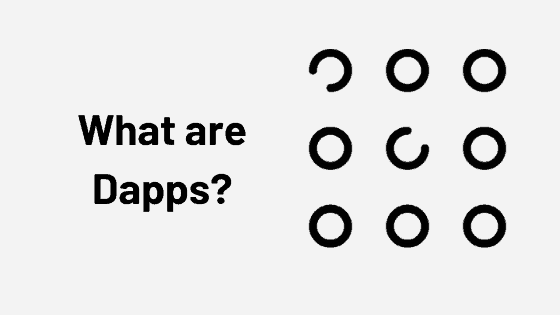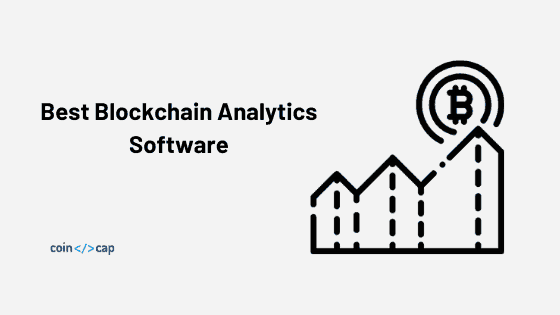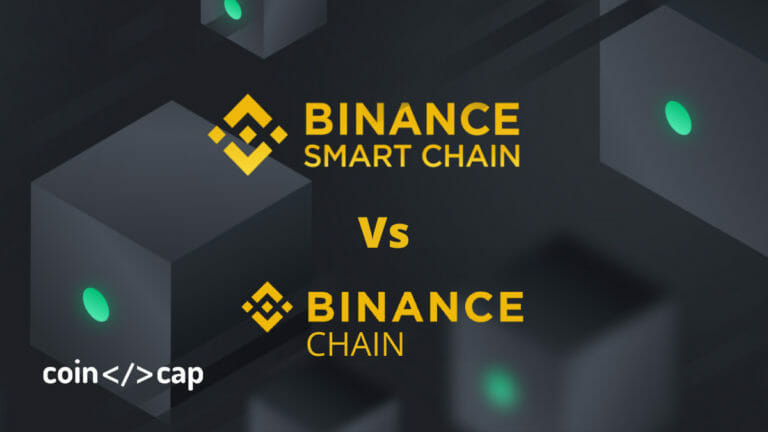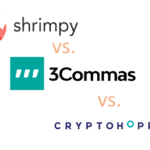Blockchain technology is a breakthrough for a new era of decentralized technologies. One of the main classifications of blockchain technology is the Permissionless and Permissioned blockchain.
In this article, we will explain the following-
- What is a Permissioned blockchain?
- What is a Permissionless blockchain?
- Difference and similarity between Permissioned and Permissionless blockchain
- Use cases of Permissioned and Permissionless blockchain
For an intuitive understanding, let’s consider the public and private transports system. The best example of public transports is a public bus service, and that of private transports is your car.
Everyone can use the public bus service, no permission required. But a person will require your consent to use your car.
Permissioned blockchain is similar to private transports, and Permissionless blockchain is identical to public transports.
Now let’s have a close look at both of them.
Table of Contents
What is a Permissionless Blockchain?
Permissionless blockchains are also known as public blockchains. As the name suggests, it doesn’t require anyone’s permission to participate in the network.
Some of the popular public blockchains include Bitcoin, Ethereum, Litecoin, etc. Public blockchains are transparent. Most of the public blockchain has a cryptocurrency associated with it.
Public blockchains are governed through consensus (Algorithm and community), and no single entity or a group of entities have control over the network.
Properties of a Permissionless blockchain –
- Censorship resistance – No one can censor an entity from the network
- Transparency – Data, development, and governance is public.
- Immutability – Can not edit or update past transaction or other data
- Openness – Anyone can join the network
What is a Permissioned Blockchain?
It is clear from the name that you need permission to join a Permissioned network. Sometimes, it is also known as a private blockchain.
In this network, each participant is assigned a specific access level. Let us consider an organization uses built upon a private blockchain.
In that case, the board of directors will have access to all the transactions taking place in the blockchain. That may not be the case with regular employees.
The central authority decides the transparency level of the Permissioned blockchain. Permissioned blockchains have consensus just like a public blockchain, and it followed by everyone in the network.
A Permissioned Blockchain may or may not have cryptocurrency associated with them. Some of the well known Permissioned Blockchain frameworks are Hyperledger, Corda.
Differences between Permissioned and Permissionless blockchain
- Participants: Anyone can be a participant in a Permissionless blockchain. One has to be approved by a central authority to become a participant in the case of a Permissioned blockchain.
- Assets: No crypto asset/token needed in Permissioned blockchain. Permissionless blockchains involved one or more crypto assets/tokens.
- Transparency: Transparency is maintained in the Permissionless Blockchain as anyone can see the transactions. Access level assigned to the participants decides the transparency in the case of Permissioned Blockchain.
- Privacy: Permissionless blockchains try to optimize for privacy as technology allows. Permissioned blockchains have controlled privacy.
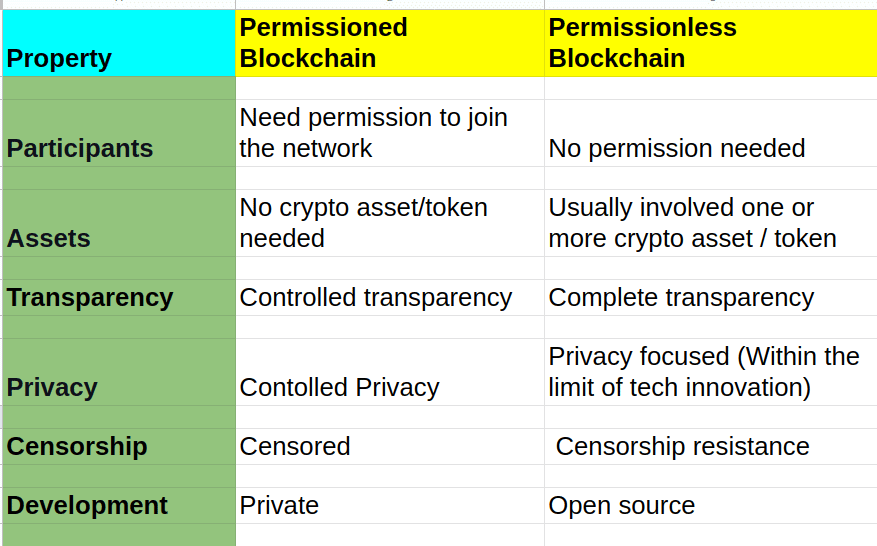
Similarities between both the blockchain
- Ledger System: In both cases, a copy of the blockchain is distributed among all the participants and the data is stored in the form of an immutable ledger.
- Consensus: Both have a consensus protocol to validate a transaction.
Use cases of both blockchains
- Permissioned Blockchain: They are mainly used in the supply chain management system, banking sector.
- Permissionless Blockchain: They are mainly used as an open network for commerce, finance, data, identity, and other use cases.
Usage of Permissoned and Permissionless blockchain depends on the subject of implementation. If you want to use blockchain in a system that needs more decentralization and transparency then the Permissionless blockchain is the best. On the other side, if you want only a handful of people to have full access to the data then the Permissioned blockchain is the best.
Also Read:
- What are Dapps? (An ultimate guide)
- Flash Loans — Borrow Without Collateral
- Ethereum Name Service (ENS)- An Overview
- Best Smart Contract Wallets (DeFi Wallets)
- The Ultimate Guide to DeFi (Decentralized Finance)
If you want to learn more about the Crypto ecosystem, sign up for the weekly newsletter.


